-
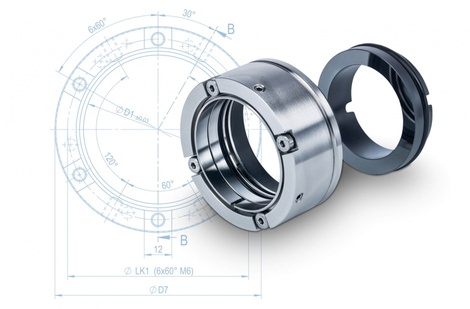 COMPONENT MECHANICAL SEALS
COMPONENT MECHANICAL SEALS
In the dynamic design the spring elements are located in the rotary part of a mechanical seal system. In this design the manufacturing tolerances of the different mechanical seal and pump components have to be compensated by the spring. That means: in the case of a pump than runs for 24 hours at 3000 rpm, up to 8.6 million axial tumbling movements are triggered. A dynamic mechanical seal can thus damage the surface of a shaft and should only be used in conjunction with shaft sleeves.

The spring elements are also located in the rotary part in balanced mechanical seals with a dynamic design. Balanced mechanical seals, conversely, generate a low face pressure - and thus less friction. This reduces wear and extends the service life of the mechanical seal in comparison with a non-balanced mechanical seal system.

Stationary balanced mechanical seals are currently regarded as the most reliable mechanical seal designs on the market. They impress with low face friction, low wear - and a correspondingly optimised service life. In a stationary design the spring elements are located in the stationary part of the mechanical seal system. The manufacturing tolerances of the various components are thus compensated in one go. No additional vibrations are generated in operation and there is thus less wear.
Stationary mechanical seal systems are optimised for the reliable, lasting operation of your pump or compressor. -
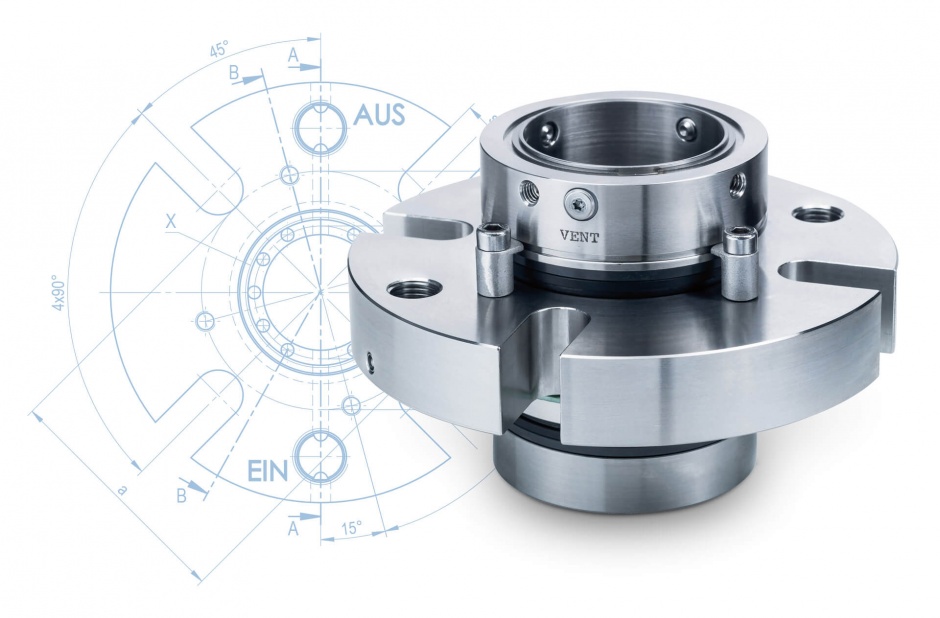 CARTRIDGE MECHANICAL SEALS
CARTRIDGE MECHANICAL SEALS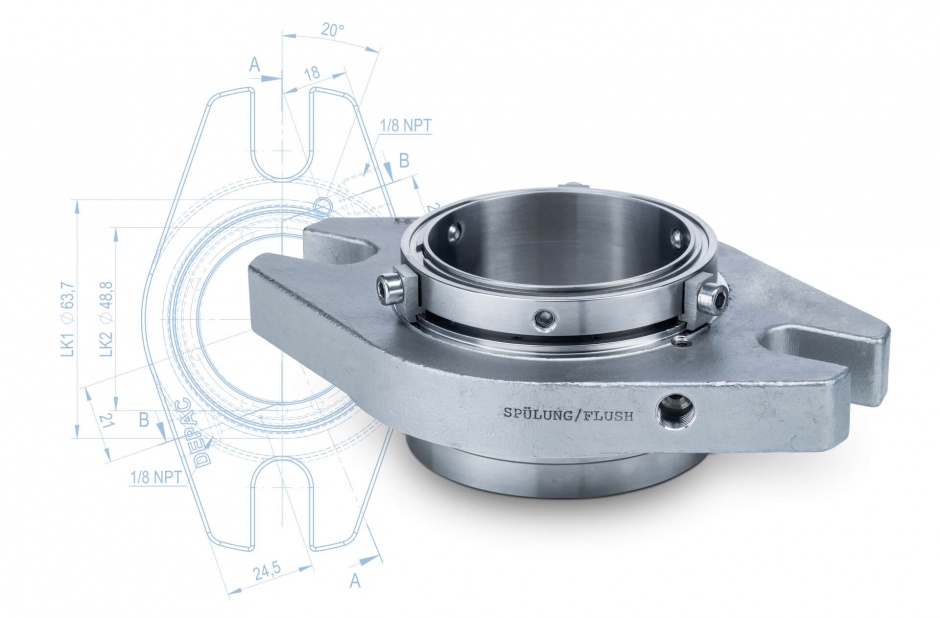
Single-acting cartridge mechanical seals consist of one face pair - and therefore of a rotary and a stationary face. This type of mechanical seal can be used for simple switching from packing to mechanical seal. Installation in virtually any packing pump is possible thanks to the version with oval economy gland.
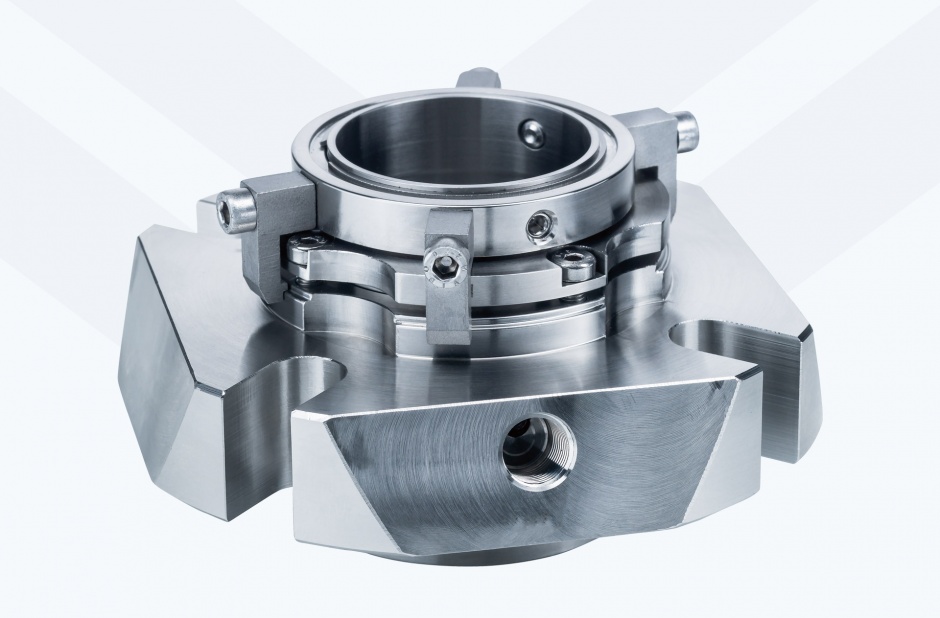
The service life of mechanical seals is much longer than that of packings - but is not unlimited. METRİK recommends so-called safety seals for demanding applications or for minimising the risk of an expensive loss of production. If the mechanical seal fails, the emergency seal (packings) used there can be activated and adjusted to an acceptable degree of leakage. The plant can thus be operated in a controlled manner until the next planned standstill.
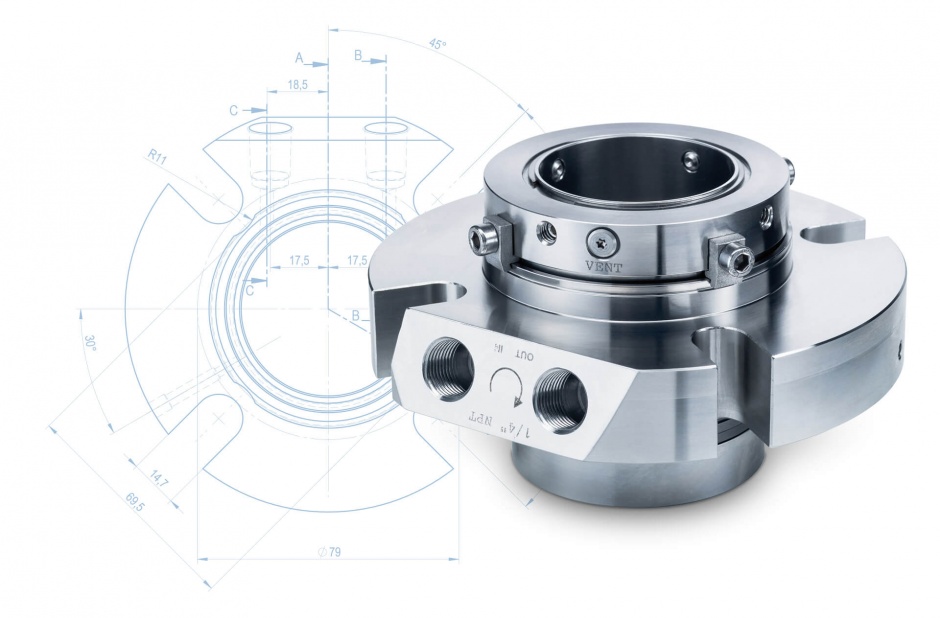
The double pressure balancing of the seal faces of these cartridges ensures that the seal faces do not open in case of pressure reversal - and that the pressure relief for reducing the friction values is present under all pressure conditions. Our experts will be glad to assist you in choosing a suitable mechanical seal for your application.
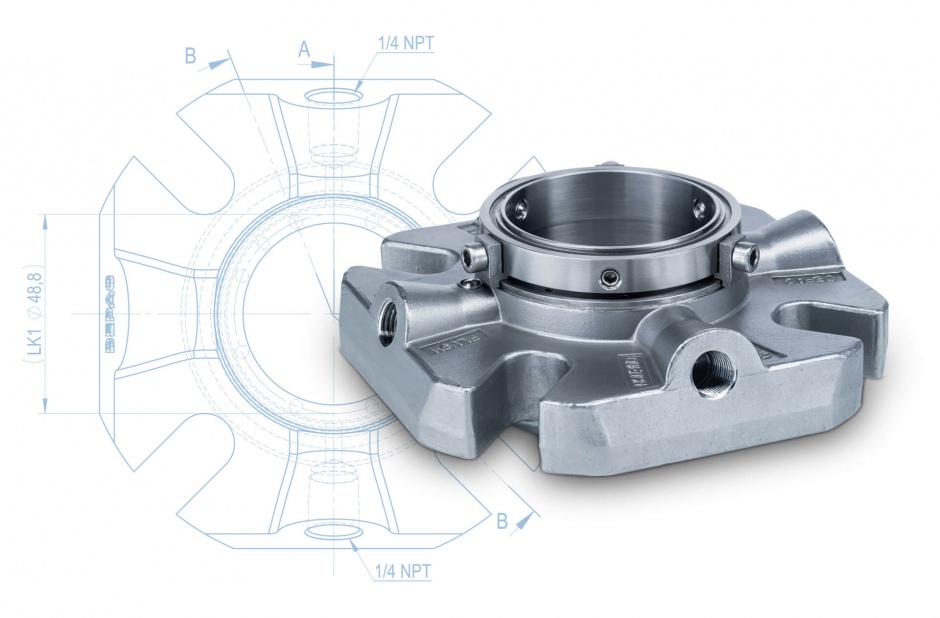
ANSI mechanical seals are characterised by their large, so-called "big bore" seal chambers. These are defined according to US standard. METRİK has single-acting and double-acting design versions for the use of mechanical seals in large seal chambers. Our experts will assist you in choosing a mechanical seal that is optimised for your application.
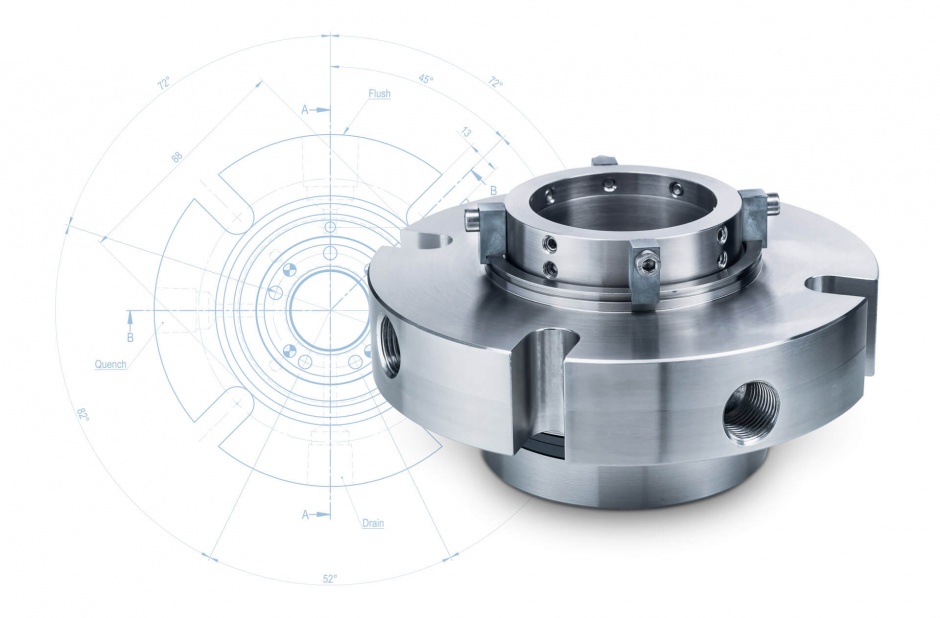
The API - "American Petroleum Institute" - defines fundamental criteria for mechanical seals for the petroleum industry - and defines criteria that extend well beyond the purchase price. In particular in the petroleum industry there are different application conditions - from water and chemical compounds to acids and alkalis. Our experts will be glad to assist you in choosing an API mechanical seal that is right for you.